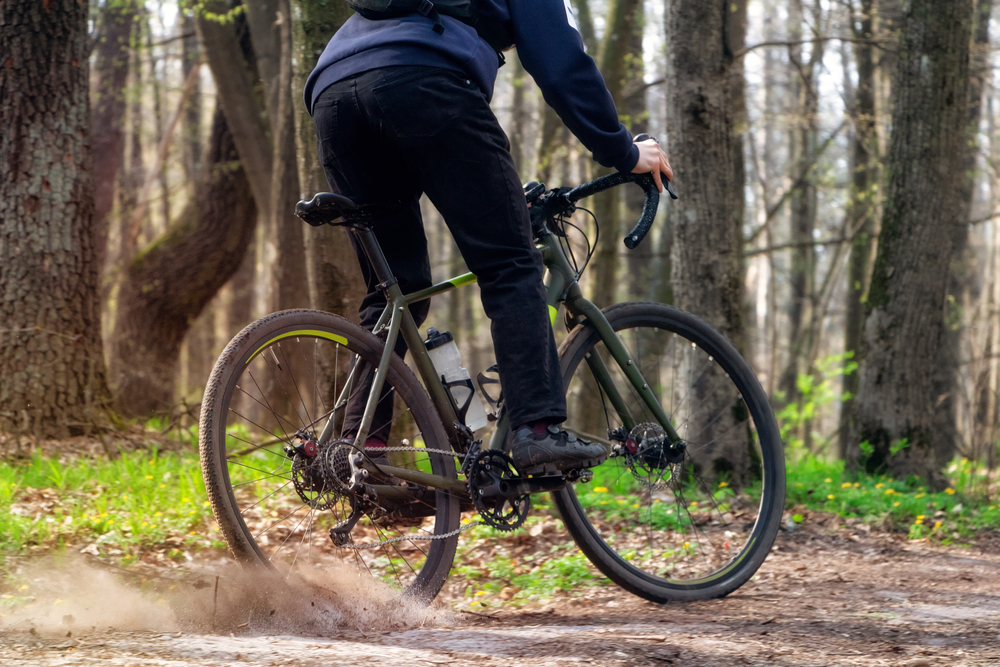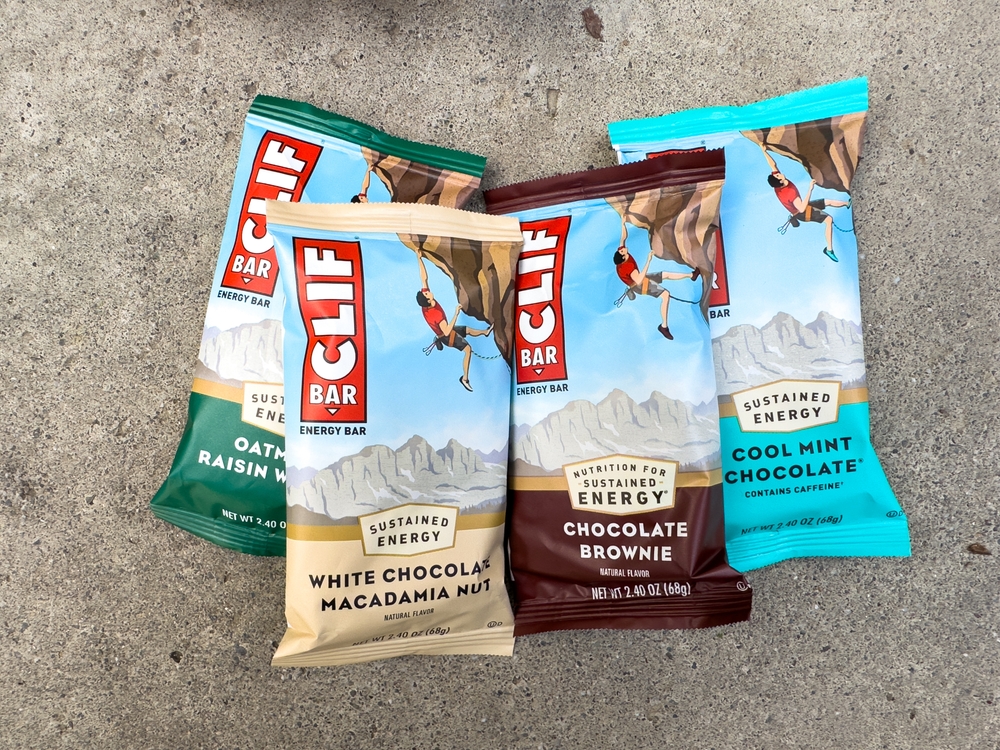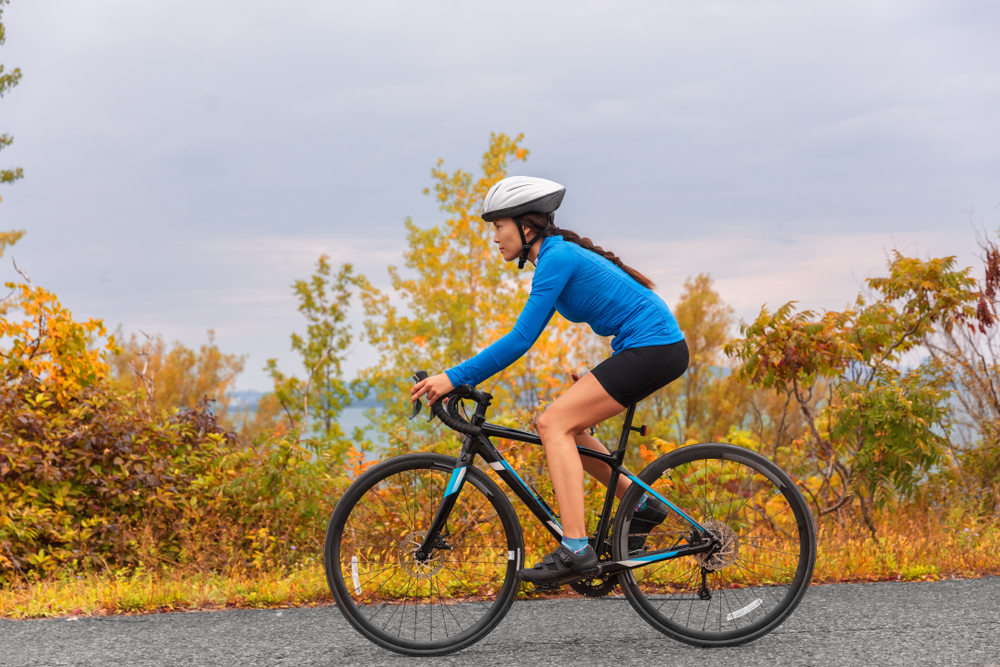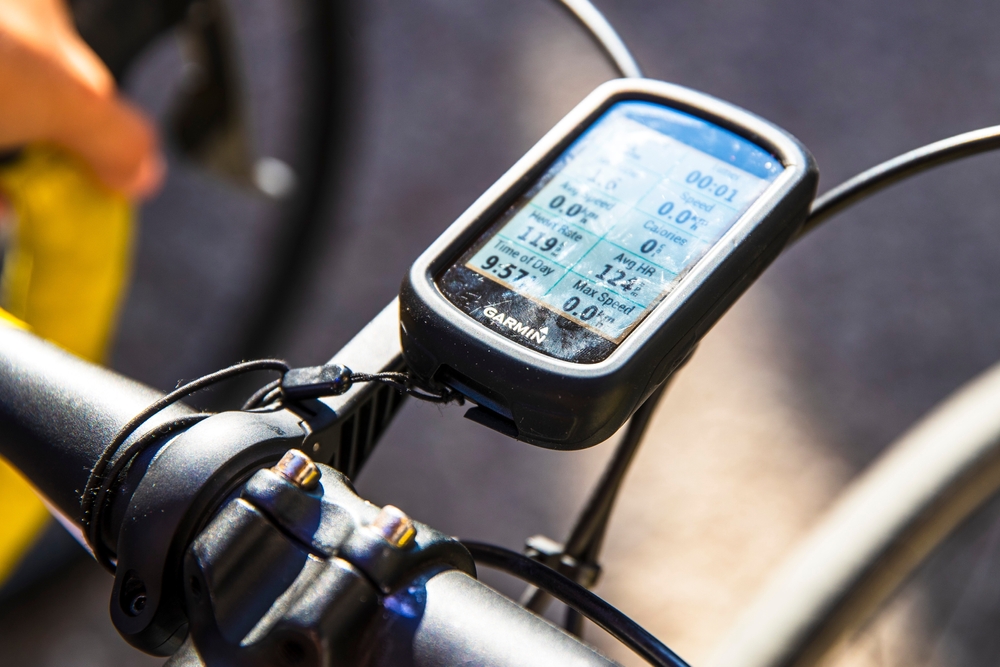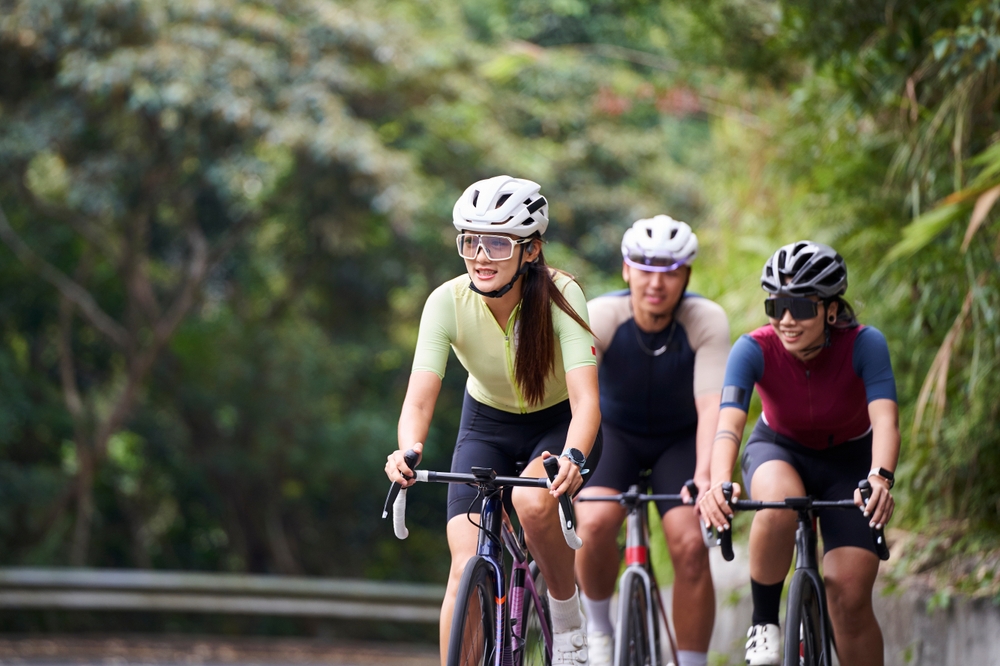Saddle Sore: Understanding, Preventing, and Treating This Common Cycling Problem
Cycling is an excellent form of exercise and transportation. It can, however, come with its share of discomforts, one of the most common being saddle sores. These painful irritations can affect any cyclist, whether a beginner or a seasoned rider.
What Are Saddle Sores?
Saddle sores are areas of skin irritation on the buttocks. They are typically caused by prolonged pressure and friction from the bicycle saddle. Common symptoms include redness, inflammation, and a noticeable sore or lesion.
Causes of Saddle Sores
Understanding the causes can help in prevention. The primary factors include friction, pressure, and sweat. Long rides increase the chances of these factors causing sores. Poorly fitted saddles can exacerbate the issue.
Friction
The constant movement of the legs during cycling creates friction. This can damage the skin. Poorly fitting shorts or seams in the wrong places can increase the friction.
Pressure
Sitting on a narrow bicycle saddle for extended periods applies pressure on a small area of the skin. This pressure can impede blood flow, making the skin more susceptible to damage.
Sweat
Sweating during a ride is inevitable. Moisture from sweat can soften the skin, making it more prone to damage from friction and pressure.
Preventing Saddle Sores
Prevention involves several strategies, from proper bike fit to personal hygiene. Implementing these can significantly reduce the risk of saddle sores.
Proper Bike Fit
A proper bike fit is crucial. Ensure your saddle is at the correct height and angle. A professional bike fitting can help. This reduces unnecessary pressure and friction.
Choosing the Right Saddle
- Select a saddle with adequate padding.
- Consider a saddle with a cutout to redistribute pressure.
- Test different saddles to find the one that fits your anatomy.
Wearing Appropriate Clothing
Cycling shorts with a good chamois can make a huge difference. These shorts are designed to reduce friction and provide padding where needed. Wear clean shorts for every ride to prevent bacterial infections.
Using Chamois Cream
Applying chamois cream can reduce friction between your skin and the shorts. It also helps to prevent sweat from causing irritation. Apply it generously in areas prone to friction.
Personal Hygiene
- Shower and wash thoroughly after a ride.
- Keep the affected area clean and dry.
- Avoid sitting in sweaty shorts after your ride.
Treating Saddle Sores
If saddle sores do occur, prompt treatment is essential. Ignoring them can lead to more severe infections. Here are some practical steps for treating saddle sores.
Immediate Action
Stop riding if you feel a sore developing. Resting allows the sore to heal. Continuing to ride will likely make it worse. Clean the area with mild soap and water. This helps prevent bacterial infections.
Over-the-Counter Treatments
Applying an anti-inflammatory cream can reduce pain and swelling. Antibacterial ointments help to prevent infection. Consider using hydrocolloid dressings for more severe sores.
Rest and Recovery
Take a break from cycling to allow the sore to heal. If necessary, consult a healthcare provider. They can prescribe stronger medication if the sore is severely infected.
Reevaluating Your Setup
Analyze your bike fit and saddle choice again. Make necessary adjustments to prevent future occurrences. Sometimes it’s a trial and error process to find the perfect setup.
Saddle sores are an unfortunate reality for many cyclists. With proper prevention and treatment, they can be managed effectively. Paying attention to bike fit, hygiene, and clothing choices can make all the difference.
“`


